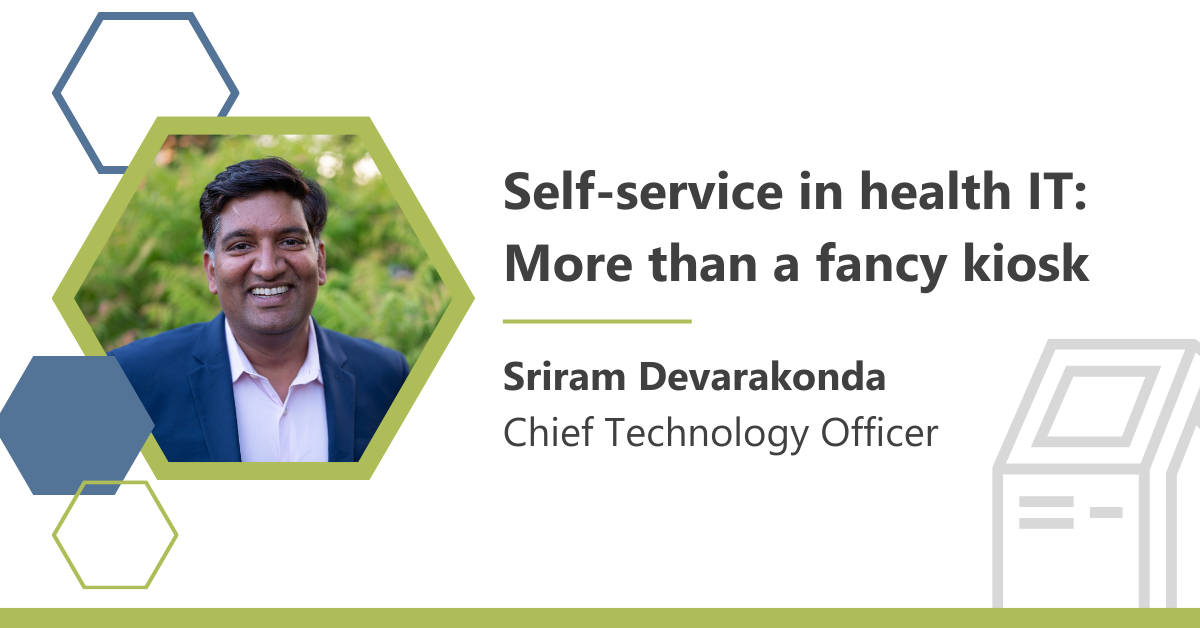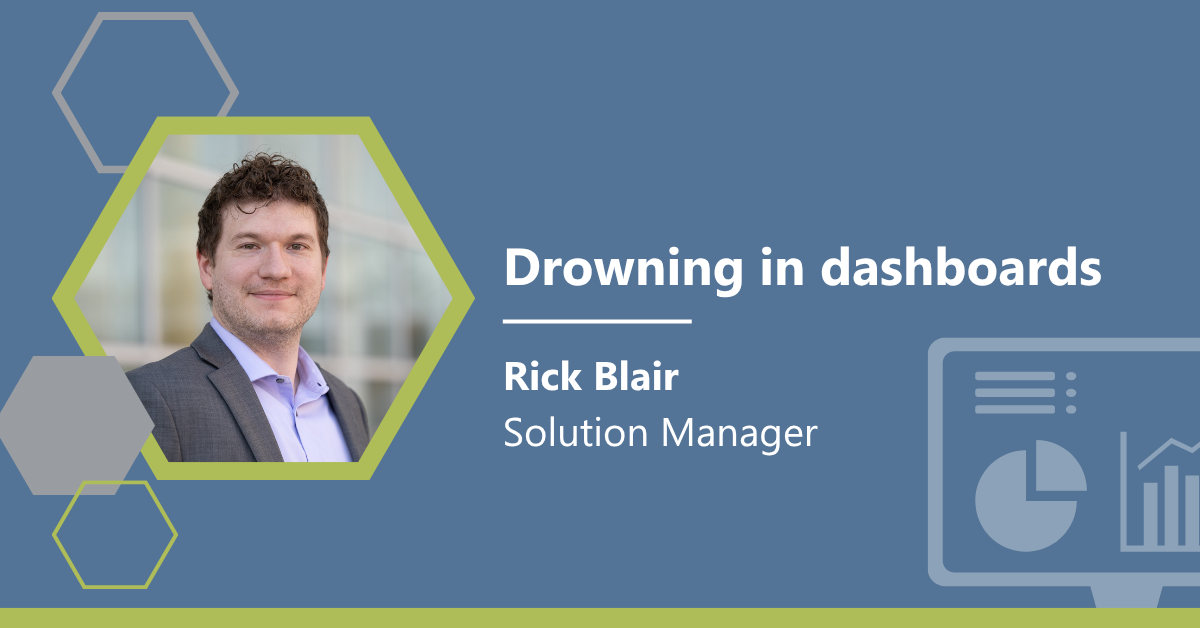 In today’s data-driven world, healthcare organizations are inundated with vast amounts of data. While access to information is no longer the challenge, deriving actionable insights that lead to better decisions and outcomes remains a significant hurdle. Meanwhile, the healthcare landscape is evolving rapidly, with hospitals and providers facing mounting pressures to increase efficiency, reduce costs, and improve patient outcomes. A one-size-fits-all analytics model often fails to meet the diverse operational needs of healthcare organizations. Service line analytics offers a transformative approach, providing healthcare leaders with targeted insights into specific service areas, enabling them to make informed decisions that drive measurable improvements. However, many healthcare organizations avoid pursuing service line analytics — not because they don’t see the value, but because they’re unsure where to start. A clear entry point, ownership model, and trusted framework is needed to ensure a strong path to service line analytics implementation.
In today’s data-driven world, healthcare organizations are inundated with vast amounts of data. While access to information is no longer the challenge, deriving actionable insights that lead to better decisions and outcomes remains a significant hurdle. Meanwhile, the healthcare landscape is evolving rapidly, with hospitals and providers facing mounting pressures to increase efficiency, reduce costs, and improve patient outcomes. A one-size-fits-all analytics model often fails to meet the diverse operational needs of healthcare organizations. Service line analytics offers a transformative approach, providing healthcare leaders with targeted insights into specific service areas, enabling them to make informed decisions that drive measurable improvements. However, many healthcare organizations avoid pursuing service line analytics — not because they don’t see the value, but because they’re unsure where to start. A clear entry point, ownership model, and trusted framework is needed to ensure a strong path to service line analytics implementation.
What is service line analytics?
Service line analytics refers to the practice of analyzing data within specific clinical or operational areas — such as cardiology, oncology, or emergency services — to evaluate performance, identify trends, and uncover opportunities for improvement. It empowers health systems to compare performance across departments, allocate resources effectively, and tailor strategies to meet the unique needs of each service line. For example, cardiology may focus on procedure volumes and readmission rates, while oncology prioritizes treatment pathways and infusion chair utilization — each requiring different analytics approaches to support the varied personas. Healthcare organizations that leverage service line analytics effectively can significantly reduce operational costs while improving patient care. When tailored to the unique needs of each service line, these insights go beyond general efficiency — they become a strategic asset for each clinical domain, enabling leaders to make informed, localized decisions. Despite this potential, many organizations struggle to get started due to limited resources, unclear ownership, or uncertainty about where to begin. Fragmented data, interoperability issues, and lack of clear strategies for using analytics tools successfully are common hurdles. Healthcare organizations should overcome these challenges by deploying tailored healthcare analytics solutions that transform raw data into strategic assets, driving performance and care excellence.
Why service line analytics matters
Just like manufacturers track output quality, production speed, and equipment downtime to measure and improve performance, healthcare service lines also need consistent, relevant metrics tailored to their unique workflows, end users, and patient needs. Service line analytics helps define and track benchmarks to give clinical departments a business-oriented lens for continuous improvement and operational accountability.
Every service line serves different clinical roles and personas, each with their own unique metrics, workflows, and even their definition of efficiency. For example, surgical departments may focus on operating room utilization, turnover time, and post-op recovery rates, while radiology prioritizes image throughput, interpretation time, and timely report delivery. Each requires distinct metrics to meaningfully measure and improve performance. For healthcare organizations, operational efficiency is not just a goal, it’s a necessity. For systems striving to deliver timely, quality care while managing financial pressures, service line analytics offers a powerful solution. By leveraging data-driven insights, healthcare organizations can streamline processes, reduce patient wait times, and ease the burden on their bottom line.
Overcoming challenges in implementing service line analytics
While the benefits of service line analytics are undeniable, many healthcare organizations face challenges in implementation. Data silos, lack of interoperability between systems, and resistance to change can slow down adoption. To successfully implement analytics-driven strategies, healthcare leaders should focus on:
- Establishing a clear data governance framework to ensure data accuracy and consistency.
- Clarifying ownership and treating insights like products designed for specific personas — service line analytics must feel personal and actionable to drive value.
- Providing training and change management support to encourage adoption among clinicians and staff.
- Partnering with third party analytics experts, such as Cardamom, to design and implement tailored solutions that align with organizational goals.
- Leveraging consistent assets — such as shared data models, graph templates, and visualization style guides — to create reusable, trusted outputs. This ensures each service line's analytics maintains an enterprise look, feel, and function that supports adoption and builds trust.
Successfully navigating these challenges requires a comprehensive strategy that integrates both technological and organizational change. By fostering a culture of data-driven decision-making and investing in the right tools and expertise, healthcare organizations can unlock the full potential of service line analytics. This not only enhances operational efficiency and financial sustainability but also drives continuous improvements in patient care. With a clear vision and the right partners, the path to successful analytics implementation becomes both achievable and transformative. A key enabler in overcoming these challenges is organizational alignment — laying the foundation for sustainable data governance.
Getting alignment: the foundation for data governance
A crucial first step in harnessing the power of service line analytics is achieving organizational alignment. Establishing consensus across departments supports the foundation for effective data governance and ensures that data is accurate, consistent, and actionable. For example, tracking new patient growth and having consistent definitions across specialties provides leadership with accurate market data. This alignment enables trust in the data relied upon for decision-making, fostering a culture of data-informed operations.
Additionally, clear data governance paves the way for technological improvements. With a unified understanding of data standards and processes, organizations are better positioned to implement advanced analytics tools and optimize workflows. This dual approach enhances both immediate operational efficiencies and long-term innovation capabilities.
Turning insight into impact
Service line analytics is more than just a data tool — it’s a strategic asset. It empowers leaders and frontline users with tailored insights that not only improve performance, but also directly support the mission of better patient care. By shifting attention away from operational noise and instead toward meaningful outcomes, analytics becomes a catalyst for compassionate, high-quality care. The future of healthcare belongs to those who use data to both elevate care delivery and honor their commitment to healing.
Ready to unlock the potential of service line analytics?
Let’s talk about how tailored insights can help you streamline operations, empower your teams, and elevate patient care.
Contact us to learn how our analytics solutions can drive measurable results.







